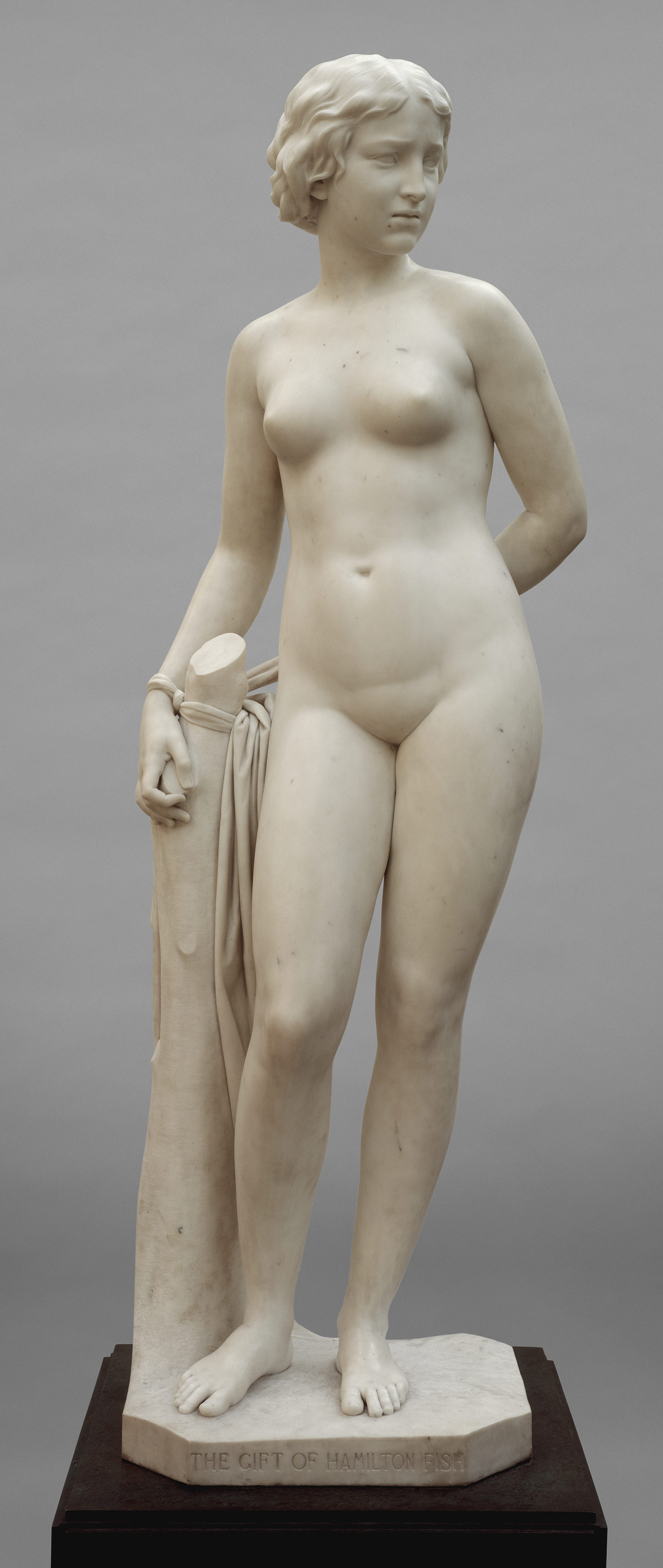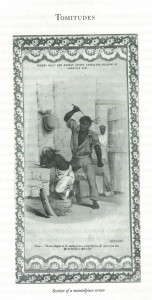Over the course of this research, I’ve looked at BDSM in prose, poetry, painting, dance, illustration, music, fashion, sculpture, film, comics, television, live drama and video games. Is there an art form I have overlooked? Yes, the most ephemeral of arts, that of scent.
The Perfume Shrine talks about the frequent references to scent in the proto-fetishists, like Emile Zola and JK Huysmans, and the first synthesis of the leather scent chemicals.
The leather note, of course, is one such artificial scent, a hybrid of “flower and flesh” created by industry. It is strangely redolent of the human skin which leather approaches, both by its texture and by its proximity to the body of the wearer whose shape it retains…
Can it possibly be a coincidence, then, that leather scents and leather fetishism are strictly contemporary, born in the same decade of the late 19th century?
Check the dates: quinolines, which lend their characteristic smoky-tarry notes to most leather perfumes, were synthesized around 1880. The first recorded Cuir de Russie was composed by Aimé Guerlain in 1875; Eugène Rimmel launched his the following year.Now, it was precisely in 1876 that French psychiatrist Alfred Binet coined the term “fetishism”; the leather fetish itself is studied in Austrian sexologist Richard von Krafft-Ebing’s Psychopathia Sexualis (1886).
While the fetish is often considered primarily a visual phenomenon, we may be neglecting one of the most powerful and evocative senses, smell.
…Messieurs Guerlain and Rimmel sold their Cuir de Russie. The name may have referred to the Cossacks who rubbed their boots with birch, and certainly bore a virile, military or equestrian connation. But the scents themselves alluded to more private passions.
So we have an engineered scent with associations of virility, the military or the equestrian, which aligns with fetish fashion’s visual gestures towards the soldier and the equestrian.
The blog has more information on the use of leather in scent products, including Orientalized leathers, quirky leathers, butch leather, and more. Just like the material of leather, the scent of leather has changing meaning many times, sometimes worn by men, sometimes by women, and sometimes both. Just like visual fashion, scent fashion is part of the process of how we present ourselves.


